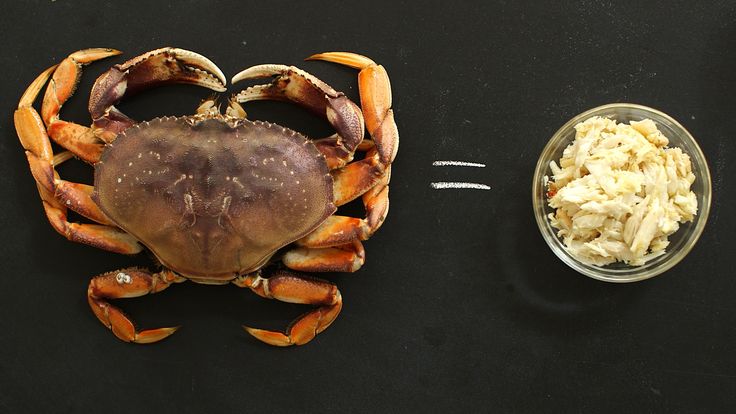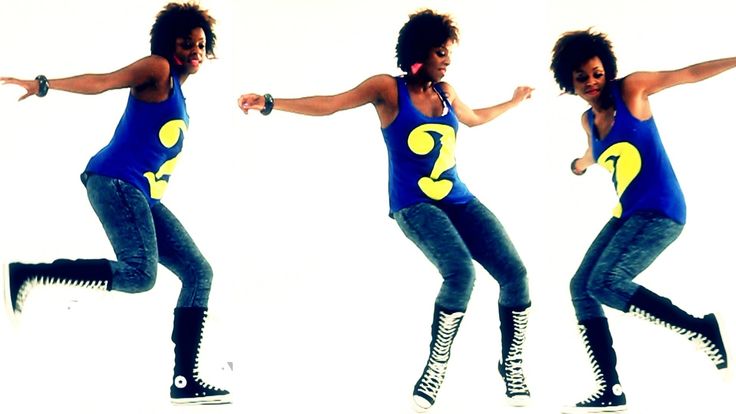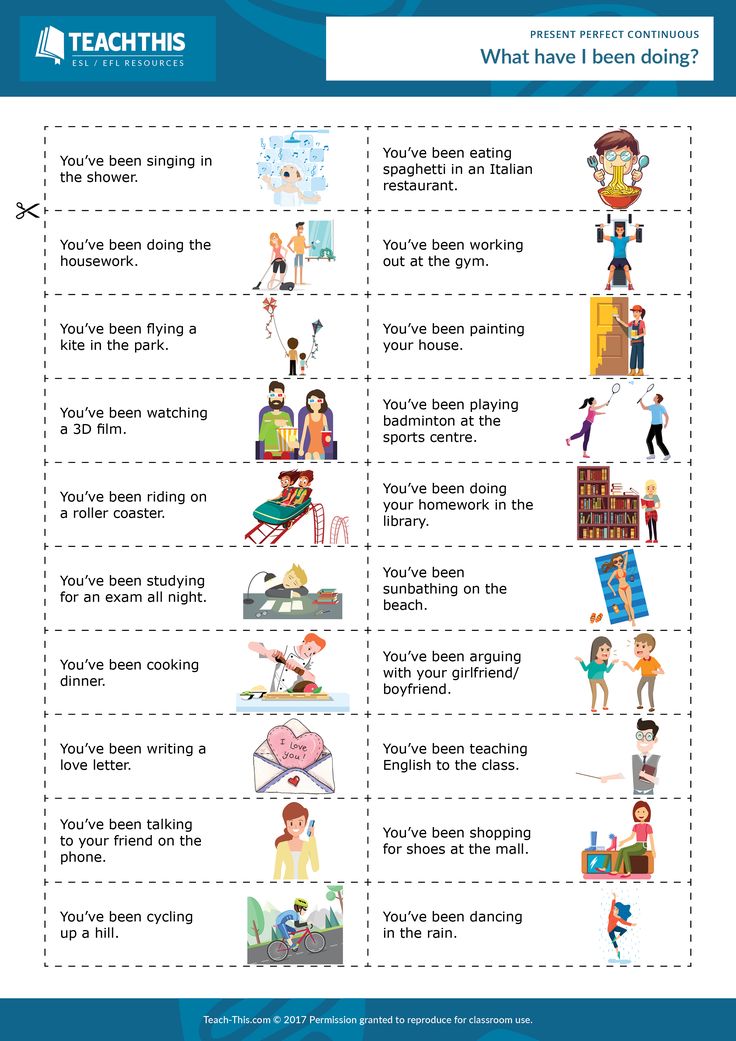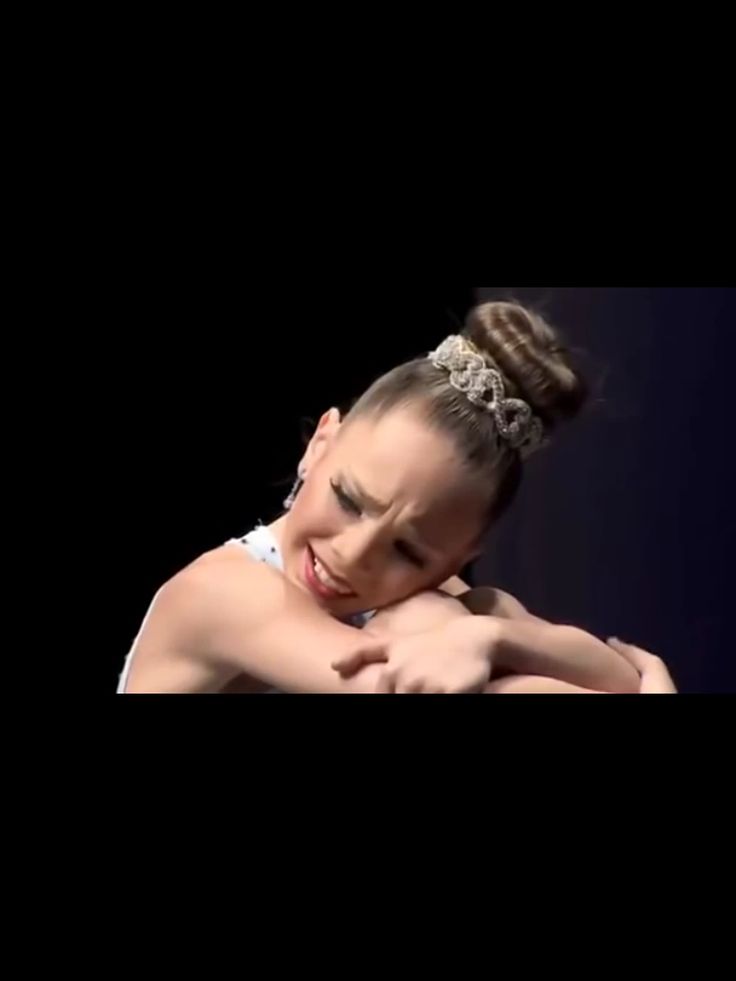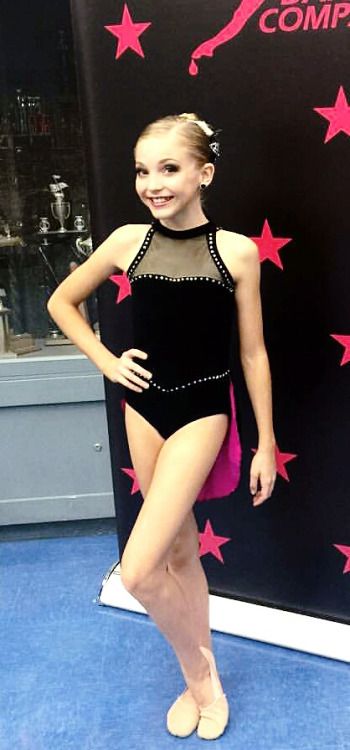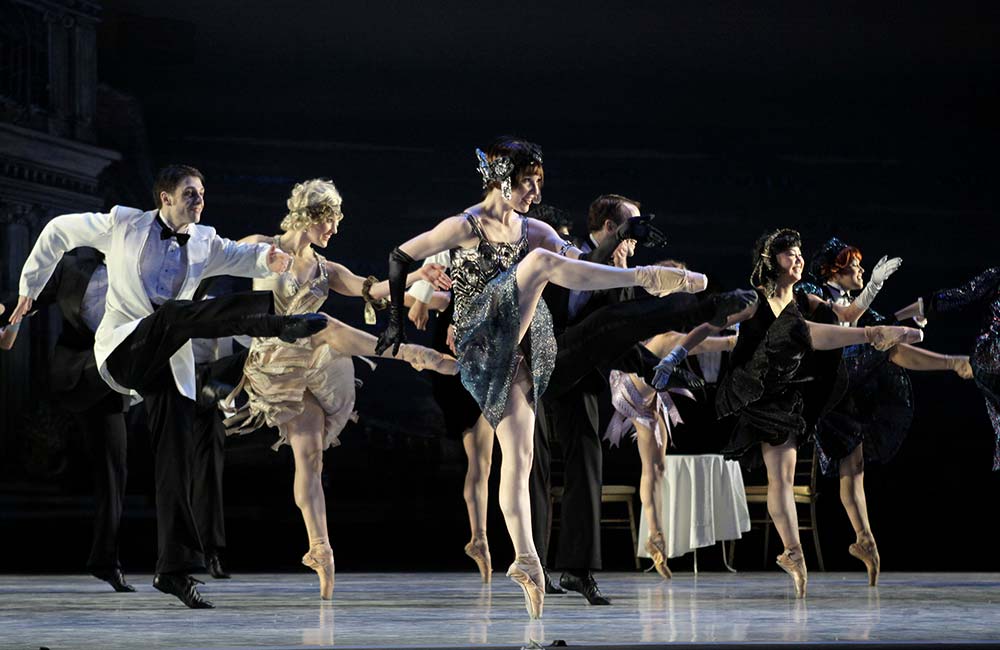How to dance kpanlogo
KPANLOGO DANCE – tradance
Skip to content
To dance; is to move the body in a series of rhythmic and patterned manner usually performed to music either to entertain or to educate. Dance is a part of our human existence. Every tradition and culture across the globe is known for a style of dancing and the Ga people of Ghana are no exception.
The Gas are renowned for dances such as Kolomashie, Gome and Kpanlogo. This writeup zooms in on Kpanlogoa traditional dance of the Ga people.
Kpanlogo is a dance that emerged among the Gas in the 1960’s shortly after Ghana’s independence in 1957. It was created and performed by the young people as a form of entertainment. Its music is borrowed from Kolomashie, Gome and Oge. It is said that the original name of Kpanlogo was Gbajo which means ‘storytelling’ in the Galanguage. A story would be told, and then a group or an individual will create a song about it and then set a dance to it. Most stories have been set to dances. A story like that of a local chief who gave the hands of her daughters into marriage by asking who could tell him the names of her three daughters which were unknown to his subjects. Their names were Kpanlogo, Alogodza, and Mma-mma. Till date, their names are heard in most of these traditional songs that accompanies the dancing of Kpanlogo.
Every dance comes with music and every music comes with instruments. So is Kpanlogo. The instruments used in the performance of Kpanlogo includes:• Iron bell which is known as ngo-ngo in Ga. Its pattern stays same throughout the entirety of the dance.• The instrumentalists also play the gourd rattle.• Tamalin; a square framed drum held in the hands. The art is often performed with one but when it is two, one is tuned higher than the other.• The Kpanlogo drums known in Ga as Kpanlogo Mi is used. A dance is often performed with three drums; a lead and two supporting. The lead is the highest in tune
Kpanlogo drumsKpanlogo Mi
Image from:africandrumming. com.au • The castanet called in Ga as Ododompo contains a round metal ball that you wear on your finger and a metal ring on the thumb which is clicked together to generate sound.
com.au • The castanet called in Ga as Ododompo contains a round metal ball that you wear on your finger and a metal ring on the thumb which is clicked together to generate sound.
All these instruments are played along each other to produce a harmonious rhythm. The dancers swing their arms with rapid movement of the torso, quick attractive foot works and the spinning of the waist. The sense of community is exhibited in the dance, in the sense that men, women and children can dance together.
It should be put on record that there is not a usually predetermined sequence of variations. Often than not, the music to the dance starts with a slow tempo and then moves to a faster tempo. The dancing of Kpanlogo does not come with a special costume. Most at times, the performers are seen dressed in traditional attire. A group performing Kpanlogo often puts on a costume to depict the tradition of the Ga people.
During its inception, the style of dancing was very risqué to the point that police used to seize musical instruments and detained performers.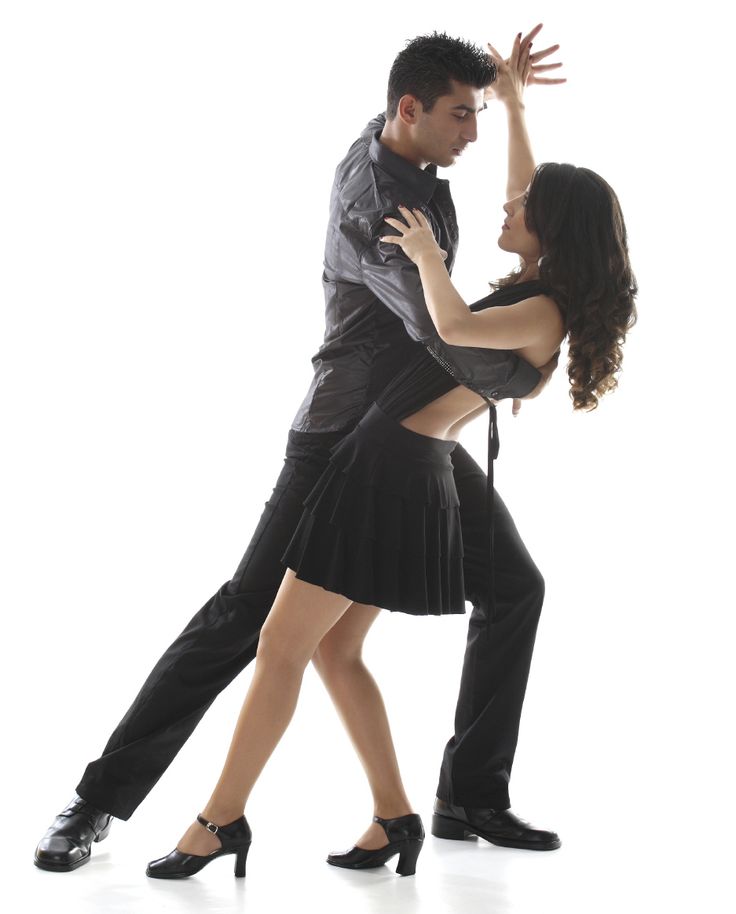 In 1962, the Art Council banned it. As a result, the performers of the Kpanlogo dance varied the version by making it less risqué with its moves. Kpanlogo became popular and accepted by all that it was even performed to Kwame Nkrumah in 1965, the thenpresident of Ghana.
In 1962, the Art Council banned it. As a result, the performers of the Kpanlogo dance varied the version by making it less risqué with its moves. Kpanlogo became popular and accepted by all that it was even performed to Kwame Nkrumah in 1965, the thenpresident of Ghana.
Fast forward to 2020, it still features sexually suggestive motions with performers dancing low to the ground with bent knees and bent back.
In the Ga communities, it is usually performed at marriage ceremonies, parties, festivals and other social functions.
Kpanlogo has gained a wide audience across the length and breadth of Ghana and the shores beyond.
Some performers of the KpanlogoAmamere Folk Musicperforming a kpanlogodance.
image by Obodai Torgbor-AshongKpanlogo is nice to hear and sweet to behold.
Written by Ahmed Sidi
Like this:
Like Loading...
Posted bynewmediagrp9Posted inUncategorized we are a group of dedicated students from Accra - Ghana who seek to bring to the attention of the world cultural heritage through African traditional dance. View more posts
View more posts
Dance Art – Cultures, the origin, identity and unique symbols of dance
One form of entertaining as well as educating an audience is through dance.
In dancing, most movements conveys a message or tells a story
According to Charles Davis, he said, “To understand the culture,study the dance.To understand the dance, study the people.
Therefore, this art tends to educate the public, especially on historical happens as well as ways of life of a group of people.
Posted bylizkwaePosted inUncategorizedLeave a comment on Dance a form of EducatingInspirations come from God. Inspirations come from things we see, feel or hear around. Inspirations pushes one to keep doing something. Inspirations pushes one to gain and acquire something. Let the things all around you,Inspire you. Be inspired today and keep pushing forward.
What Inspires you?…
Posted bylizkwaePosted inUncategorizedLeave a comment on InspirationsDrums accompanied by exuberant clapping and singing makes this dance performed by the people of Greater Accra very entertaining.
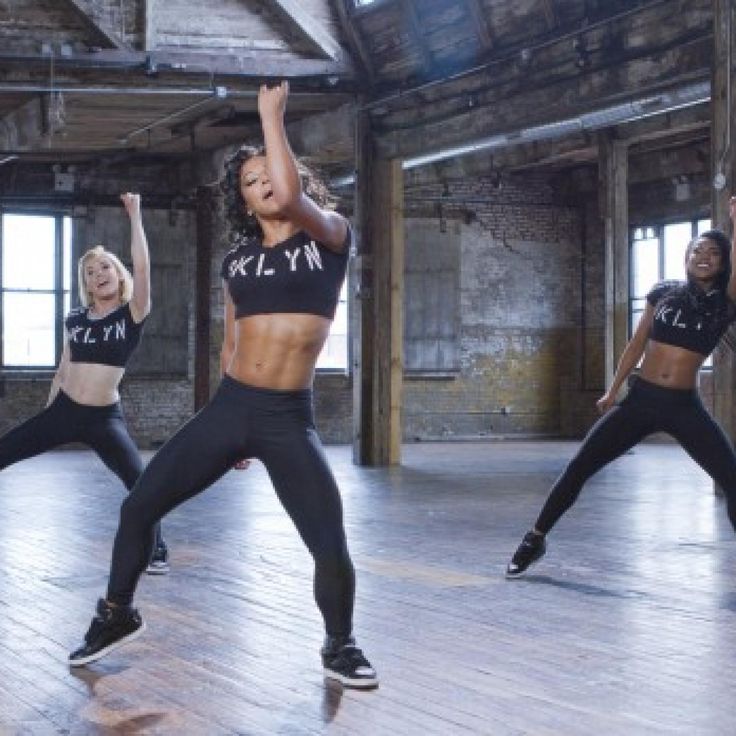
The Kpanlogo dance is a very recreational, educational and entertaining form of art which involves more music as well as energetic movement. It came about in the 1960s among the exuberant youth of the Ga land. This dance is performed everywhere, it does not necessarily focus on occasions, meaning, it can be performed during working in the Ga community, as their main occupation is fishing. Again its main purpose is to entertain as well as release stress of a long day work.
Some energetic men performing the Kpanlogo dance during work at the seaside.
The Kpanlogo dance is said to have borrowed some of its many moves and styles from a dance called ‘Gome’, which really originated in the Ga-Adangbe community by the youth there. want to know a little about the Gome dance? , ok then follow along as I tell you something about the dance. The Gome dance is one of the dances that really seeks to entice its audience, where a young man and woman dance in a comical way to educate its audience , its education can be on sanitation,importance of education, marriage and many other things that will bring positivity and development in the society, as it also seek to let its audience know the importance and effect of practicing them.
A man and a woman performing the ‘Gome dance’.
Now, the Kpanlogo dance is often addressed as ‘sextual’, one would ask why?, its so because, of how men and women display in the act of dancing and also the songs they normally sing when performing this dance. The words in most of them are very ‘sexually related words’.Therefore this dance is normally perform by the youth. But again it really teaches its audience on the issues of life.
Some men and women performing the dance on an occasion also dressed in their traditional attire.
The dance, is performed by individuals turning their right leg and right hand to a side where they also look in that direction of the legs and hands, they then do same with the left leg and hand also looking in that left direction following their leg and hand movement, this can be done at a spot or with movement in the process, when this act goes on for a while, the women then tend to make a jump and then start bending a little and shaking the buttocks to the men in a rotating manner, the men then tend to pass over the women as they bend on the ground twisting their backs to attract the men.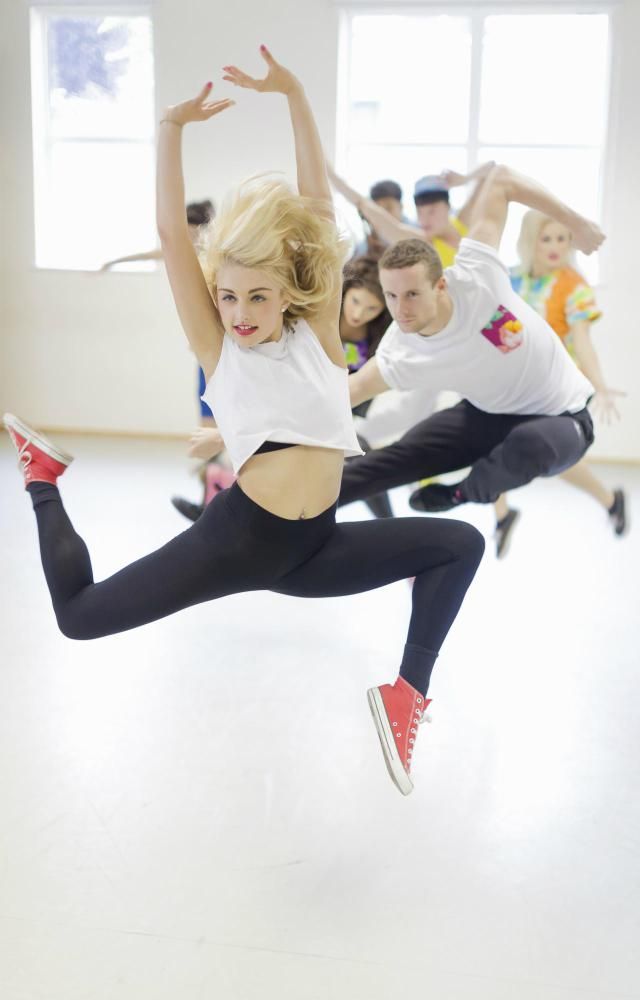 Now, one would be wondering ,why different attires are being used in performing this art as seen in the pictures?, Well, this dance does not really have a specific attire for performing it.An individual can wear anything comfortable to perform this dance.
Now, one would be wondering ,why different attires are being used in performing this art as seen in the pictures?, Well, this dance does not really have a specific attire for performing it.An individual can wear anything comfortable to perform this dance.
Men and women performing the entertaining ‘Kpanlogo dance’
Posted bylizkwaePosted inUncategorized1 Comment on Gome dance and its relation to the Kpanlogo dance-People of Greater Accra, GhanaSome children singing and performing to the ‘Kpanlogo dance’ with glorious smiles on.
One’s feelings can be expressed through the powerful art of dance.
Movements and facial expressions all brings out the emotion the dancer is in, as well as dragging audience to connect, into his or her emotions. Indeed that is the power of Dance.
Posted bylizkwaePosted inUncategorized1 Comment onAn image of a girl in the traditional wear, with smile dancing the glorious ‘apatampa dance’, with the “Akwaaba” inscription behind her which means “welcome” in the Ghanaian twi language’.
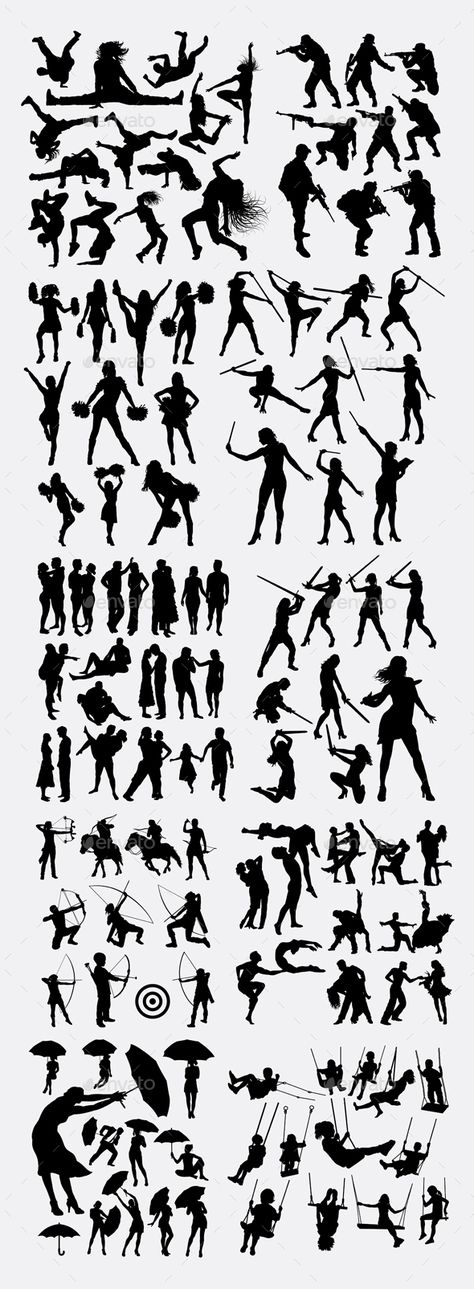
With a brief history, on how this dance performed by the Fantes in Ghana came about, where their ancestors after moving from Edina to settle in Techiman, were always being attacked by a giant at night and surprisingly, the said giant normally attacked the men killing them in the end. But one day, a bold man confronted the giant leading into a serious fight, then , suddenly a woman came out with cloth packed in her buttocks making it protrude and with that started dancing towards the giant and pushing the giant with her protruding buttocks and finally catching the giant’s attention the other women came out and started shouting “Apata Ampa” in the Fanti language, which means “You have truly separated the fight”.From then came about the dance which involves tapping and clapping.
Some of the great Fante ancestors seen in the above picture.
Now, this great and recreational dance is normally performed during durbars, festivals, funerals and puberty by the people of Cape Coast and Elimina.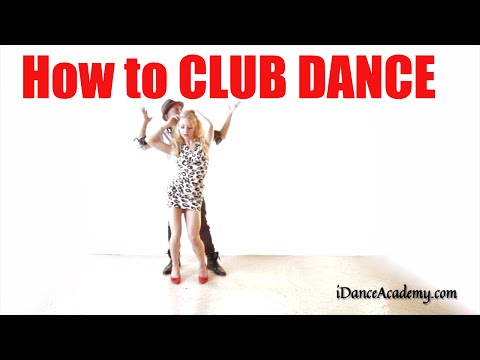 The dance is performed by both the young and old and it is normally performed by the woman where the men play the drums.
The dance is performed by both the young and old and it is normally performed by the woman where the men play the drums.
One would want to know how this dance is performed, well, I will teach you.The dance begins with the individual making a beat by tapping both of their side thighs twice and making a clap on the third beat then hitting the chest twice, very interesting right?, as this moves is on going, there is a walking and bending process with delightful smiles on faces of the dancers.In all these glorious moment drums and music also accompany them. Again, one dress in an African cloth with additional cloths packed in the cloth tied around their waist and a scarf as called ‘duku’ in thier local dilect ,tied on their head, with beads dancing around their necks, arms, wrist, ankles and calves, which is for the women.The men wrap same African cloth around their neck which they call “colar” in their language, and sometimes around the waist with a bead on their neck too.
Some young adults performing the “apatampa dance.
”
Some children performing same dance .
BACS21752
Posted bylizkwaePosted inUncategorized2 Comments on The recreation ‘apatampa dance’ by the Fantes of GhanaGhana is one of the countries rich in resources, cultral heritage, food and tourist sites.Now, looking beyond,Ghana is rich and dynamic in their traditional dances, where it plays a vital role in their culture.
In Ghana there are various ethnic groups, where each and every group has its own way of dancing, how each move is interpreted with wonderful meanings, and historical backgrounds.These dances are performed mostly during durbars, funerals, festivals and coronation ceremonies.
Now looking at some of these Ghanaian dances, we have the ‘Adowa dance’, ‘Apatampa dance’, ‘Gome dance’, ‘Kete dance’, “Agbadze dance’, ‘Kpalongo dance’ and ‘Patsa dance’.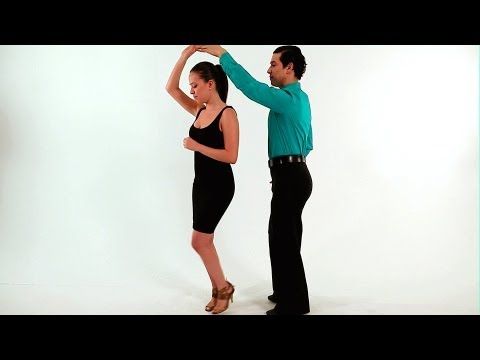
Here in Ghana, the biggest ethnic group is the Akan, where some of its people are the Asantes, Akyems, Fantes, Kwahus, Wassas, Akuapems and the Agons.Now,for this group the Asantes being the largest and often addressed as the “royals”, they have a common dance which is the ‘adowa dance’
The adowa dance is believed to have originated from the movements made by a sacrificial antelope,known in the Akan language as “Adowa”, and according to account this dance was first danced by the ‘Asafo warriors’ group from ancient time made of only men,now, its performed by both the male and female and also one of the famous dance that intrigue with lots of hand gestures, walking and bowings, then twisting of the body. These body movements are to communicate feelings and emotions to an audience. Happy gestures are performed during festivals, weddings while sad gestures are performed during funerals.
Hands go up in the air, with the left, going in a west direction, and the right, going in the East direction ,then, both hands comes down and create a knot on each other where in this process, one leg is dragging forward while the other is a bit at the back in a walking way, after the hands goes up in various directions for sometime, twisting of the hands come in as the leg movement still goes on with broad smiles and some facial expressions worn by dancers.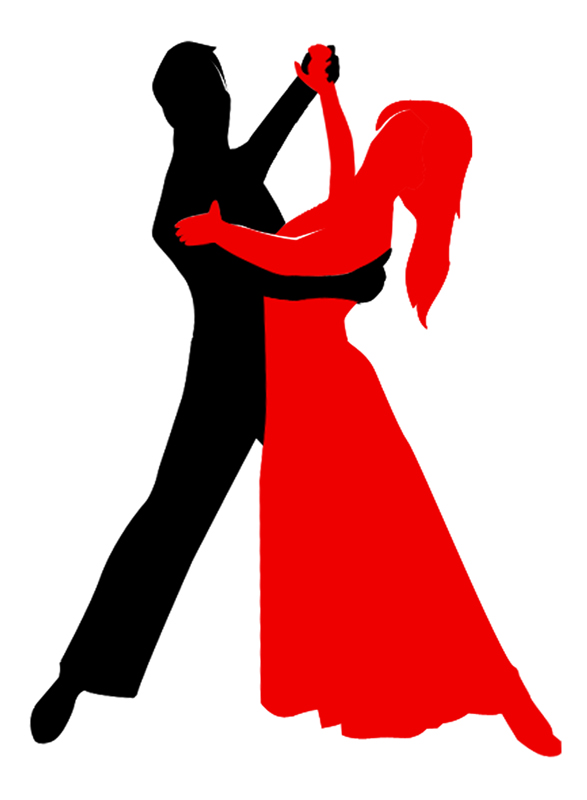 Bending is also done with hands folded and placed at the abdomen, where this arts are done especially by the females as a sign of greetings to the honoured present.
Bending is also done with hands folded and placed at the abdomen, where this arts are done especially by the females as a sign of greetings to the honoured present.
In Addition, This royal dance is performed not just with any dress, but rather, traditional cloths ‘kente’, where females tie the ‘kente cloth’ on the chest level with another cloth, tied around the waist, with additional cloths, folded into two and placed in between the cloth around the waist,with beautiful beads around the neck, arms, wrists, knees and ankles, and a headwrap with a gold linen at the edge worn on their head with ‘ahenemaa’ a traditional slippers, also, with the males, their kente cloth tied around their waist with same beads around their neck and also an ‘ahenemaa’, although barefooted sometimes.All these displays how rich the ‘adowa dance’ is, as well as their culture.
In conclusion, this beautiful traditional dance and the others listed all tells how important the Ghanaian culture with its dances are , and tends to sell the country nationwide.
Thanks for joining me!
Posted bylizkwaePosted inUncategorizedLeave a comment on The Journey BeginsGood company in a journey makes the way seem shorter. — Izaak Walton
Azonto - frwiki.wiki
Azonto is a native dance of Ghana appeared in the 2000s. She is distinguished mainly by the expressiveness and humor that comes from her movements. This is also a musical genre.
Summary
- 1 story
- 2 Technical
- 2.1 Basic movements
- 2.2 General attitude and facial expressions
- 3 artists
- 4 Sources and references
- 5 See also
- 5.
 1 Related articles
1 Related articles
- 5.
- 6 External links
History
Azonto used to be called apaa (a word meaning work in the local language), this designation was used only by the inhabitants of Bukom, Svalaba and its environs. This musical genre emerged around 2000 in southern Ghana, in Bukom, Chorkor and Jamestown. For some, this type of music is also inspired by the traditional Ghanaian Kpanlogo dance which originated in the fishing communities of the Greater Accra Region and in the port city of Tema.
Originally this dance was inspired by everyday gestures such as ironing, washing clothes... In addition, when high school students seized on this phenomenon, they offered their own interpretation by inventing new movements. Dance among others in Ghana is becoming a phenomenon that, in a few months, transcends national borders. The first person in charge of spreading, that is, the ambassador of this dance, is undoubtedly the footballer Gian Asamoah, the player of the Ghana national team, who allowed to express his joy after the goal scored by his team by performing several movements in front of the camera.
The movement then spread to other African countries, but also to Europe and America. Some artists have increased the notoriety of asonto by trying it themselves, often inventing their own choreography and mixing regular rhythms with other rhythms to offer a new version of the dance. "If you're at an African party, in Europe or Africa, and aren't playing coupé-décé or azonto, the public will tell you you screwed up," explains Central African DJ Boddy Satwa in 2015.
Technical
Basic movements
Thus, the basic movements of asonto are the reproduction of everyday gestures that we imitate, such as driving, cleaning or washing dishes, washing hands or even combing hair, make-up, etc. However, everything is involved body, the whole body is moving. The movement of the foot (which itself causes movement of the leg, to the right or to the left, depending on the situation) is characteristic of the asonto. Thanks to these elements, dancers all over the world have given free rein to their imagination, and a whole series of new movements has emerged, arising under various influences and relating to very diverse situations, adapting to the personality of each person. The characteristic of this type of dance is that everyone learns it in their own way, creating their own choreography and their own style, composing existing steps, and then inventing their own.
The characteristic of this type of dance is that everyone learns it in their own way, creating their own choreography and their own style, composing existing steps, and then inventing their own.
General attitude and facial expressions
This dance is used primarily to convey emotions, to convey a specific message to people looking at the dancer: it is very expressive. The movements are always performed with humor, the dancer plays a role and portrays mockery. This expressiveness, in particular, can be read in laughter and relaxed facial expressions. The message can be derisive, we are trying to destabilize the person in front (especially in the context of competition, during battles) or flattering (in the context of seduction).
Artists
The most iconic artists of the movement are Sarkody (en) , Castro (en) , EL (en) , Fuse ODG (en) , Gasmilla (en) , Stay Jay (en) , Buk Bak (en) etc. D.
Artists reflected on this phenomenon:
- Nigerian group P-Square with their song Alingo
- French youth group La Saomera with their song Azonto Dance
- Nigerian artist Wizkid with his song Azonto
One of the Azonto hits, Uncle Obama , is signed by Deborah Owusu-Bonsu, also known as Sister Deborah.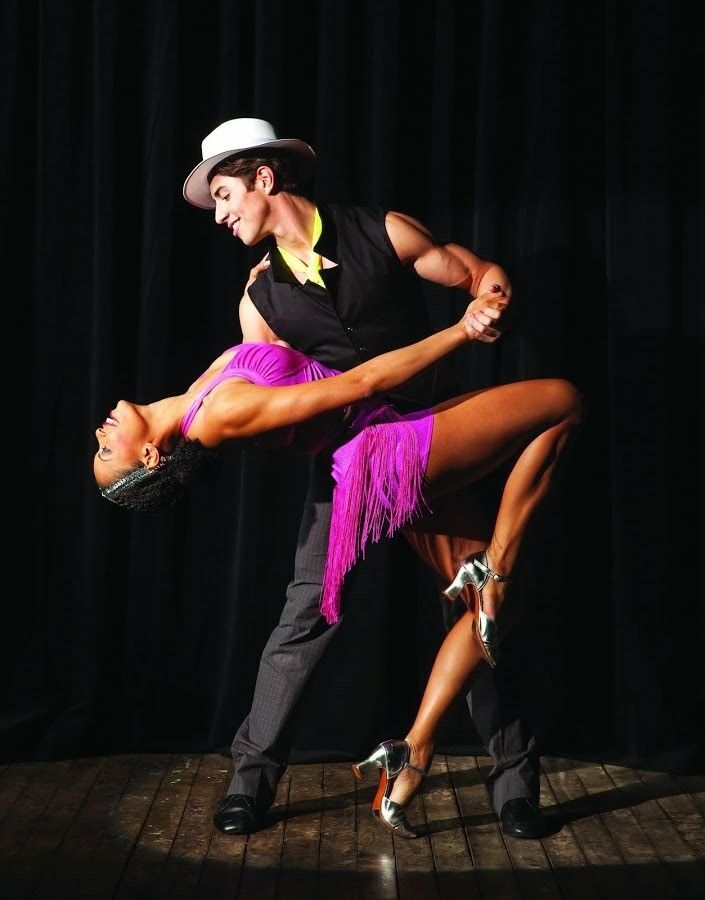 Uncle Obama , originally conceived for a friendly circle, has spread through social networks. It was then shown on CNN in 2012 during a debate between the President of the United States and Republican Mitt Romney.
Uncle Obama , originally conceived for a friendly circle, has spread through social networks. It was then shown on CNN in 2012 during a debate between the President of the United States and Republican Mitt Romney.
Sources and links
- ↑ a b and c “ Azonto, African dance, causing excitement ", on Les WebNews2Babi
- ↑ Gladys Mariwat, " Women, champagne and snakes at the African Money Party" , Le Monde , (read online)
- ↑ a b and c (en) Stephen Atta Owusu, " Azonto - New Music and Dance Madness in Ghana ", Modern Ghana , (read 1 online)
- ↑ a b and c (en) Monica Mark, " Azonto craze in Ghana takes over dance floors around the world ", The Guardian ,
- ↑ a B C and D (RU) “ Azonto Dance in Ghana enters the world entertainment scene ”, Joy Online ,
See Also
Related Articles
- Logos
- Offset cutout
- Zuglu
External links
- (en) Blog with lots of videos
- (ru) Site containing information about this phenomenon.

- (en) Video lesson with the name of the movements
- (en) Report on Azonto Ghana BBC News
West Africa, Ghana, bit of diary - live.indiza. en
The entry was published live.indiza.ru. You can leave comments here or here
I am standing in Ghana. I decided not to go anywhere, but here to delve into the topic and local traditions. Every day in the morning with my new friends we hang out at the production of drums, collect a trial batch, delve into the intricacies of production. Every day there are lessons on the game, but music is very difficult for me, especially with such musicality of the locals, my hands hurt terribly.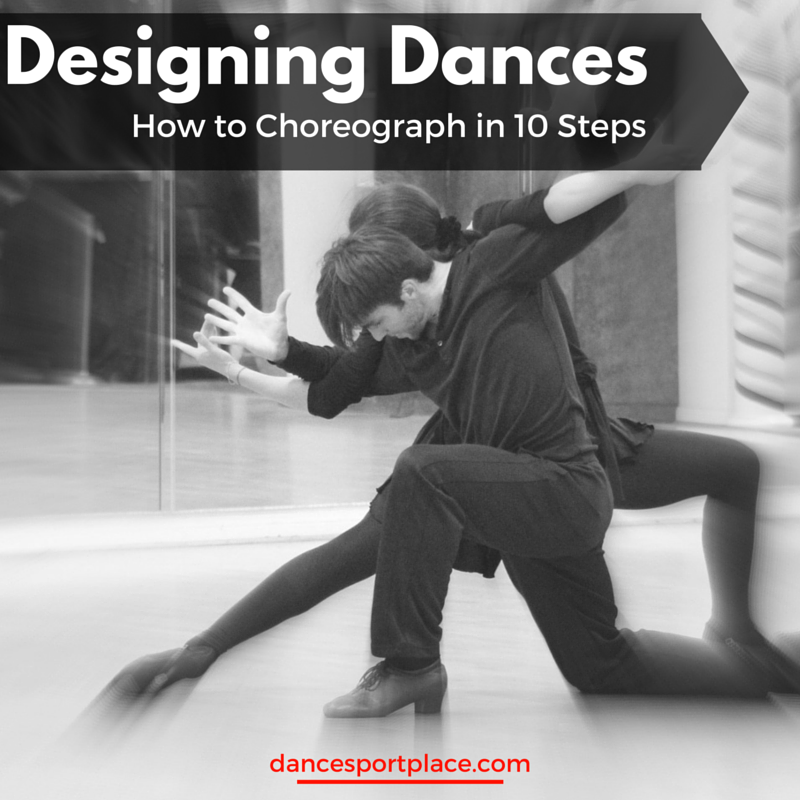 The guys here are very strong and I have to get in shape, do push-ups in the morning and do all sorts of exercises. A lot of work.
The guys here are very strong and I have to get in shape, do push-ups in the morning and do all sorts of exercises. A lot of work.
I'm taught by a guy named Otu, and his cousin Bobo teaches me a bit about traditional dances. I had to sweat a lot, but I seem to be able to do it with dancing. It is interesting to understand a bunch of different drum beats and different movements, the drummer plays along with the dancer.
Lived in the village of Okrasi, where Otu and Bobo are from. For three days the whole village walked and danced on the occasion of the chela's funeral. The guys staged a performance, it's their job. They have a pretty big band and a lot of different types of drums. Trying to knock on Kpanlogo, that's Ghana's national drama. There are many nationalities here, Fanti, Ashanti, Gan and Black, each group has its own dialect and its own traditions. In the villages they live quite modestly, they don’t use the light, they say expensively.
I was received very well everywhere, in many houses they arranged a ritual of hospitality, even the local Chief came.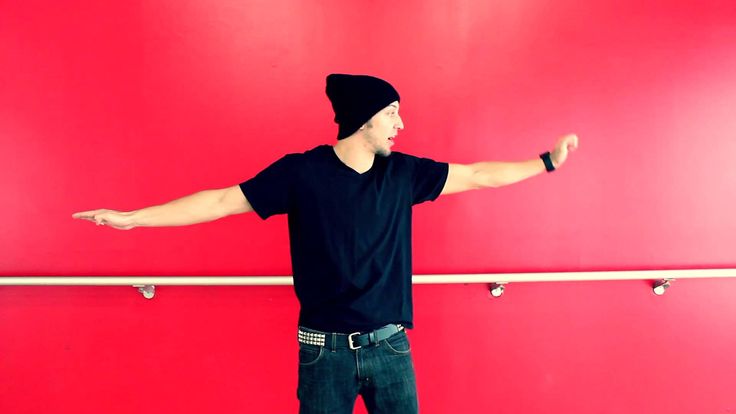 At night, full of jam and slam, peppers light up such things that the body itself really comes into drive. Periodically, from somewhere inside, all sorts of rhythms come up and the hands themselves lay them out on the membrane of the drums.
At night, full of jam and slam, peppers light up such things that the body itself really comes into drive. Periodically, from somewhere inside, all sorts of rhythms come up and the hands themselves lay them out on the membrane of the drums.
We went to different villages and organized lessons there, then a certain number of local children gathered and we all danced together, the children are very friendly and open. An indescribable feeling, the children laugh until they colic, and then tell each other that they saw a white man and he danced, or danced together. Children are very strong, this is life, and life here in the villages is completely different than in the cities. In general, like everywhere else.
They tell all sorts of stories about Ju-Ju, as Voodoo is called here. Many are afraid of dogs or small domestic lizards, they say the reincarnation of people is here on every corner. In general, it is interesting how closely Christianity is intertwined with local paganism here. Although in general, people are afraid of Ju-Ju and tell all sorts of fears.
Although in general, people are afraid of Ju-Ju and tell all sorts of fears.
It is interesting that the culture is built on the adoption of alcohol, in the villages they constantly drink moonshine in any actions, and before taking it, they pour a little on the Earth for the Ancestors and the Spirit of the Earth, if
understood correctly. In the morning it is customary to drink palm wine, very similar to coconut juice and very sweet, I really liked it.
The rest of the time I live at the transport base where the Cruiser stood, all the time while I was not in Africa. Here I am already on my board, almost like a worker, the guards meet me every evening and morning. I sleep in a tent on the roof as always. I have already written more than once that this is the best place in Africa and the safest, no mosquitoes. Your space.
It is quite cold at night, in the morning I put on a warm sleeping bag. There is almost no rain, there were only a couple of heavy days, generally cloudy and about 20 degrees. It is surprising that there were no mosquitoes at all in the village at night, they say the river is far away.
It is surprising that there were no mosquitoes at all in the village at night, they say the river is far away.
The rest of the time, a lot of time here in production. Olga and I, she has been living here for 4 years, married and works as a freelance designer, found a great place, Djembe Factory. The owner named Ben is married to a Chinese woman and has an office in China and Taiwan, the guys make excellent drums of different levels from different types of wood. Professional djembe made of Hut and Harri wood, in different shapes, Guinea, Burkina and Kotra. Master Djembe is made from Lenk wood. We collect different Quite a lot of masters work, and each pro in his own topic. Three guys cut blanks, one grinds on the machine, one cuts out all sorts of patterns, one laces the rope and then prepares and stretches the skin. Ben and I watch each drum, what patterns are made and how, how they shave and work with the skin.
I take pictures of the whole process, and I'll post the cards at home.
Surprisingly, the process of creating a drum is really long, several weeks. Master Jambe is a month, or even more. The tree is very hard, the harder the better, Senegalese seems to be made of red. I can't wait for the jambe master, but on Monday the drums will be brought from Ivory Coast (Cotre, Abidjan), I will also bring them. There are many different types of drums here, they are collecting a Dun-Dun set for me, this is a set of three bass drums that are not big. For them and Kpanlogo, only cow skin is used, since on Dzhemba goat skin is mainly used, of various types. But local craftsmen Dzhembe, made from cowhide, say that such a drum does not change its sound at night, due to changes in humidity and temperature.
Yesterday we tried to pack the car, we got 28 big ones and 10 small ones, the rest goes to the roof. We collect the container on Tuesday, August 31. Traveled a lot of container freight companies and chose Grimaldi, excellent service. The container is relatively inexpensive, then I will fly to meet him in Hamburg, Germany.
Now I mainly eat cereals and rice, bought back in Tolyatti. The money is over. And so with Olga in the evenings we sat in local restaurants, and ate kebabs, local Jalov (like pilaf), I can’t do all sorts of stringy spicy vegetables. Every day traditionally pineapple, coconuts sometimes. In the morning I brew Arabic coffee bought in Cairo. Bread in the French style, in the sense of baguettes, was not to be found here, there was also good cheap French wine, an English colony. Almost traditionally, local bottled water quickly gets boring, and local African Coca in glass bottles is super. I also love fried potatoes with pineapple. Tea and coffee are almost non-existent here. They smoke very little.
In the mornings, especially on Mondays, I usually spent the night at the base, at 6 o'clock in the morning everyone was lined up and everyone sang hymns, I think Christian ones. In general, the services here are super musical, and the people propagandize Christ quite harshly, as in Islamic countries, like Iran, a portrait of Hommeini, Christ is everywhere, or an inscription like, Year from Lord, or numbers of all kinds of psalms.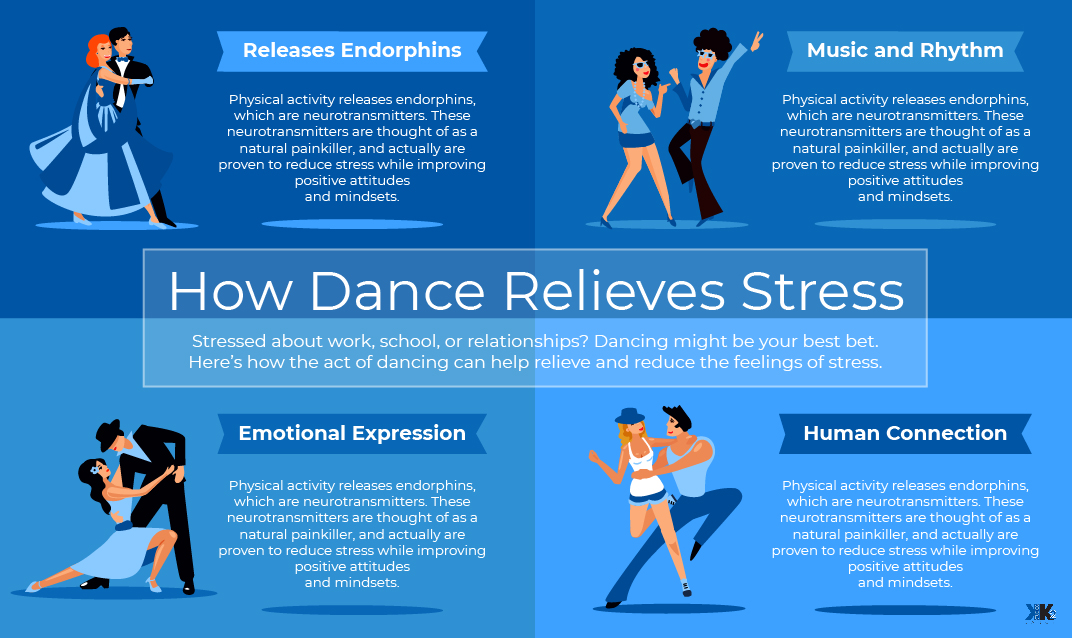 The people constantly sing and dance at the services, but all this does not seem harmonious and traditional to me, it seems no longer spring or superficial, but it is possible for me to see it that way.
The people constantly sing and dance at the services, but all this does not seem harmonious and traditional to me, it seems no longer spring or superficial, but it is possible for me to see it that way.
A couple of times the local girls, all Otu's relatives showed interest in me, very brazenly. Like let's go feed you, and come tomorrow, let's go see the surroundings and the river and all that. Very disgusting. Although a lot of people would love it. Almost immediately I turn off and try to bypass this place, as the collision is very hard and tricky. Olga says that the people here are quite arrogant in this regard, and many want to marry a white man and get out of here. In general, it is unique that everyone loves Ghana so much and constantly asks what they think about Ghana and other countries, but at the first opportunity and closer communication they ask to take them with them or find a job in Russia. Eh, if they knew what Our house is now, in real life, the desire would be gone. Although the majority does not even know where this Rush is and what kind of country it is. I try to avoid such topics. Although the guys Otu and Bobo would probably be nice to come to us and teach a little people how to play and African dances.
Although the majority does not even know where this Rush is and what kind of country it is. I try to avoid such topics. Although the guys Otu and Bobo would probably be nice to come to us and teach a little people how to play and African dances.
In general, people, even when heavily drunk, are very open and not aggressive. Everyone looks at me and Cruiser puzzled, but as soon as you wink, they immediately break into a smile and happily nod their turnips, muttering “armor” at the same time, which is white in the local language. There are a lot of whites in Accra, very few mopeds, mostly motorcycles, a lot of native Transappes, Teneri and HT. In general, the car market, like in Nigeria, is very American. Lots of big pickups.
The local currency here is Sadie. One euro is 1.8 sadies, one buck is 1.4. It is impossible to change in ordinary banks, only in special “forex bureaus”.
I'm relaxed for a couple of days, no training. Otu was leaving home for the festival, and the day before yesterday a merchant went to Nungua Beach in the ocean. The ocean is always not transferable Power and Spirit. Just sausage, from such strength. For me, he is like a brother, a connection of the Energy of the Ocean, in the waves it is beyond words. This is delight. Always delight and tremendous Power. I felt it very strongly with all the gills, a lot of strength came and a great mood with Vera. Otu did another little traditional dance practice. We cooked rice with corn and brewed tea under the palm trees. Under rasta music, almost fell asleep or went deep inside. Rasta is very popular here, a lot of bright people with dreadlocks and long knitted hats. Marley plays everywhere here, it's part of Ghana. Although Marley lived in Jamaica, Jamaica is very much rooted in Ghana, so they say. Many slaves from here left for that region, so the culture is very similar in many ways, and supported. Otu constantly reads the Bible, and refers to Jah. This is the whole thing.
The ocean is always not transferable Power and Spirit. Just sausage, from such strength. For me, he is like a brother, a connection of the Energy of the Ocean, in the waves it is beyond words. This is delight. Always delight and tremendous Power. I felt it very strongly with all the gills, a lot of strength came and a great mood with Vera. Otu did another little traditional dance practice. We cooked rice with corn and brewed tea under the palm trees. Under rasta music, almost fell asleep or went deep inside. Rasta is very popular here, a lot of bright people with dreadlocks and long knitted hats. Marley plays everywhere here, it's part of Ghana. Although Marley lived in Jamaica, Jamaica is very much rooted in Ghana, so they say. Many slaves from here left for that region, so the culture is very similar in many ways, and supported. Otu constantly reads the Bible, and refers to Jah. This is the whole thing.
We have heard a lot of local music, but this time Margulis, Chizh, Vysotsky and Tsoi are doing great. The atmosphere is interesting, one day Lumen played hard. This is an interesting mix, a mix of states of your Earth and its Spirit and a completely different Space. Everything is very harmonious, I just don’t worry. At night I listened to the audio of Castaneda, again Don Juan. But I stopped, I'll start reading it. In the evenings I watch all sorts of movies about Tuva and Altai Shamans. On the plane, I was reading Alexander Lebed's Time for Shamans. An excellent book about people's journey to Tuva and entry into a local tradition passed down to them by one of the local Shamans. An excellent book, especially for those who dream of Tuva. Then there was Ilya Belyaev and a description of his Path, their St. Petersburg group. Very close in Spirit, and certainly a modern excellent perception of the Way.
The atmosphere is interesting, one day Lumen played hard. This is an interesting mix, a mix of states of your Earth and its Spirit and a completely different Space. Everything is very harmonious, I just don’t worry. At night I listened to the audio of Castaneda, again Don Juan. But I stopped, I'll start reading it. In the evenings I watch all sorts of movies about Tuva and Altai Shamans. On the plane, I was reading Alexander Lebed's Time for Shamans. An excellent book about people's journey to Tuva and entry into a local tradition passed down to them by one of the local Shamans. An excellent book, especially for those who dream of Tuva. Then there was Ilya Belyaev and a description of his Path, their St. Petersburg group. Very close in Spirit, and certainly a modern excellent perception of the Way.
Right now I'm sitting here at the factory, drying our Kpanlogos, tuning and polishing jembics. While adjusting, the skin of two burst, it was replaced, now they are drying again. Today is a great day, very sunny.
